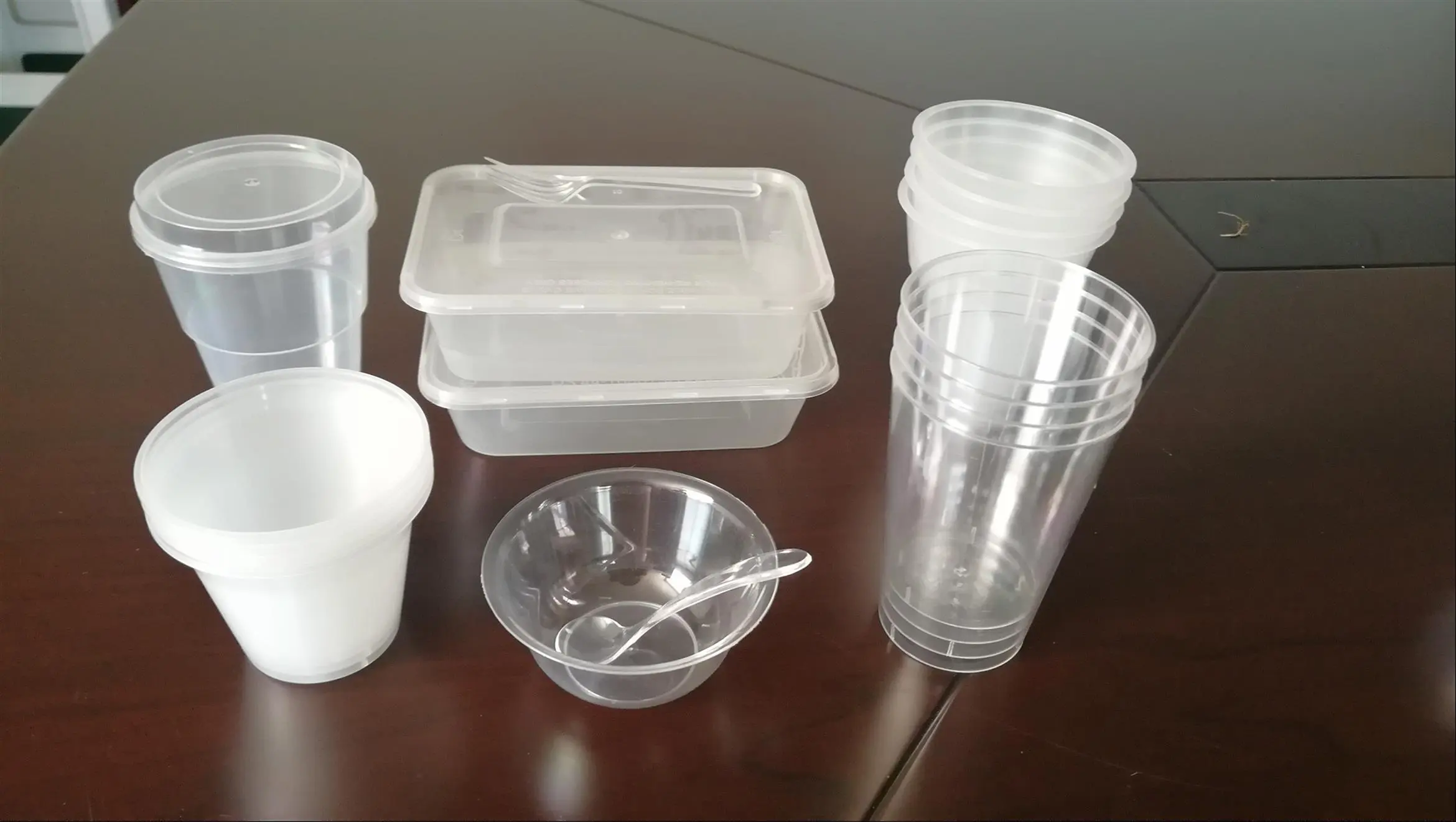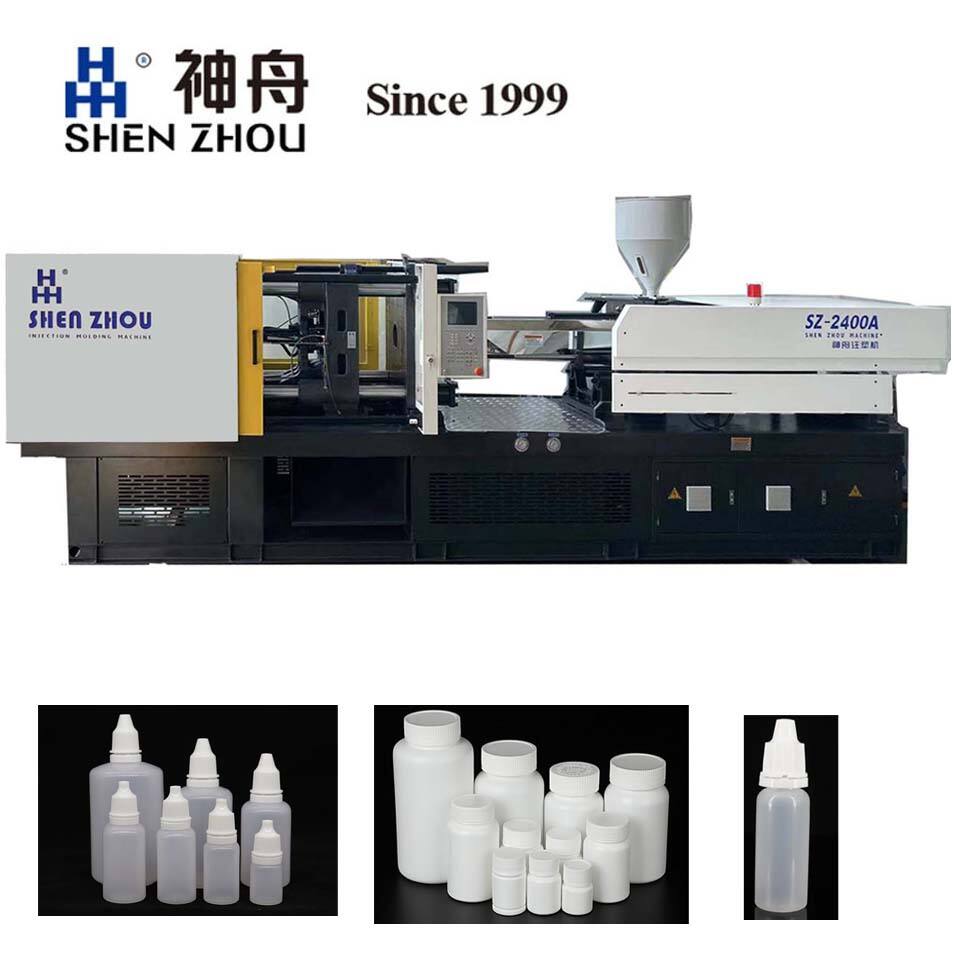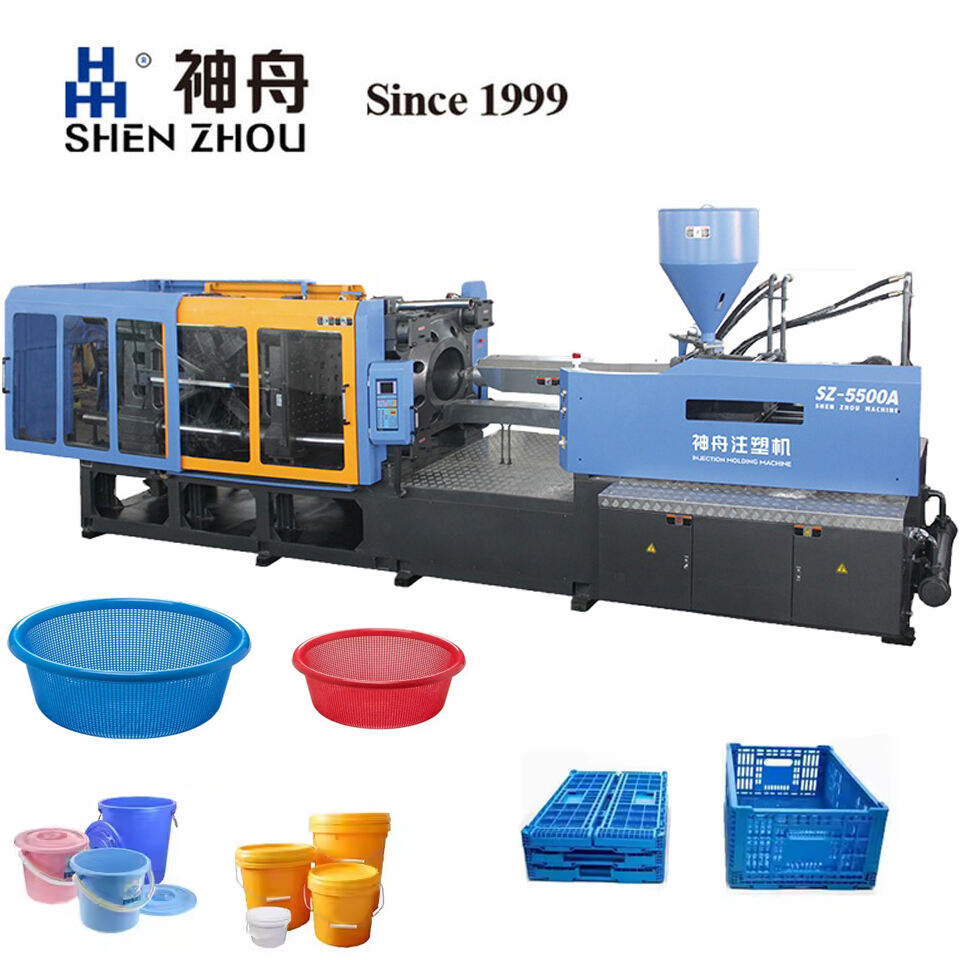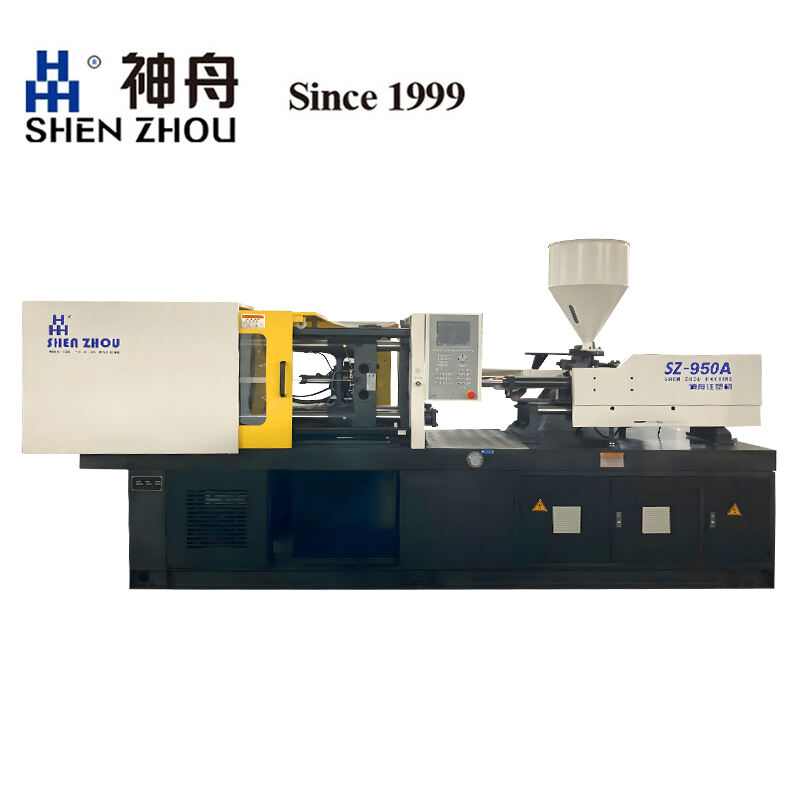توضیح
چگونه میتوانید از تشکیل فقاعات در تولید قالبهای دیواره نازک جلوگیری کنید؟
در تولید قالبهای دیواره نازک، تشکیل فقاعات (حفرهها، گودالهای هوا) معمولاً به نگهداری گازها طی فرآیند پر شدن ذوب، تخریب مواد یا بخار شدن آب مربوط است. به علت ضخامت دیواره بسیار نازک قطعات دیواره نازک (≤1 میلیمتر)، ذوب با سرعت بالا جریان مییابد و گازها دشوار است تا به سرعت خارج شوند، که باعث میشود تشکیل فقاعات بسیار آسان باشد. در ادامه، اندازهگیریهای مشخص برای جلوگیری از این موضوع ارائه شده است که شامل بهینهسازی از طراحی، فرآیند تا مواد میشود:
1. مرحله طراحی قالب: بهینهسازی ساختار فروراه و سیستم تخلیه
1.1 تقویت طراحی سیستم تخلیه
باز کردن کانالهای تخلیه:
کانالهای تخلیه عمق کم و عرض زیاد در مناطقی که مelt آخرین بخش پر شدن است (مانند انتهای حفره، بالای ریب) با عمق معمولاً 0.02 تا 0.05 میلیمتر (کمتر از فاصله جوهرهای مelt پلاستیک) و عرض 5 تا 10 میلیمتر ایجاد کنید تا اطمینان حاصل شود گازها به طور متعارف تخلیه شوند و باعث ایجاد flash نشوند.
مثال: برای ماده PP، عمق کانال تخلیه باید ≤0.03mm باشد؛ برای ماده PS، عمق باید ≤0.05mm باشد.
استفاده از فاصله بین پینها و قطعات درجی برای تخلیه:
فاصله تنظیم شده بین پینها و سوراخها را به 0.01 تا 0.02mm کنترل کنید تا تخلیه طبیعی انجام شود؛ برای ساختارهای پیچیده، قطعات درجی ترکیبی طراحی کنید و از طریق شovskyهای قطعات درجی تخلیه کنید.
استفاده از فولاد پرpora (فلز پرpora):
Acier porی در مناطقی که آب dar استفاده از کانال های گاز گردانی دشوار است، قرار دهید. ساختار میکرو پوره ای داخلی آن (قطر پوره 10 تا 20μm) می تواند گاز را به سرعت گاز گردانی کند در حالی که جلوگیری از فشار نشت ذوب می کند.
1.2 بهینه سازی طراحی رانر و درب
کوتاه کردن طول رانر: از سیستم های رانر گرم یا رانرهای اصلی مستقیم کوتاه برای کاهش مقاومت جریان ذوب و سرد شدن استفاده کنید، با جلوگیری از گاز گرفتن گاز به علت سرد شدن زودرس ذوب.
موقعیت و اندازه درب:
درب را نزدیک به مرکز ناحیه دیواره نازک قرار دهید تا اجازه بدهد ذوب به صورت الیافی پر شود، با جلوگیری از گاز گرفتن گاز در گوشه ها به علت پر شدن یکطرفه.
اندازه دروازه نباید خیلی کوچک باشد (مانند قطر دروازه نقطهای ≥ 1.5 میلیمتر) تا جریان آشوبناک ناشی از تزریق روانه با سرعت بالا و ورود هوا را جلوگیری کند.
جلوگیری از جریان "فونتین روانه": از دروازههای شکل پروانهای یا دروازههای فرونشسته استفاده کنید تا روانه بتواند به طور مهلتآور در امتداد دیواره فضای مدول گسترش یابد و گردابها و ورود هوا را کاهش دهد.










